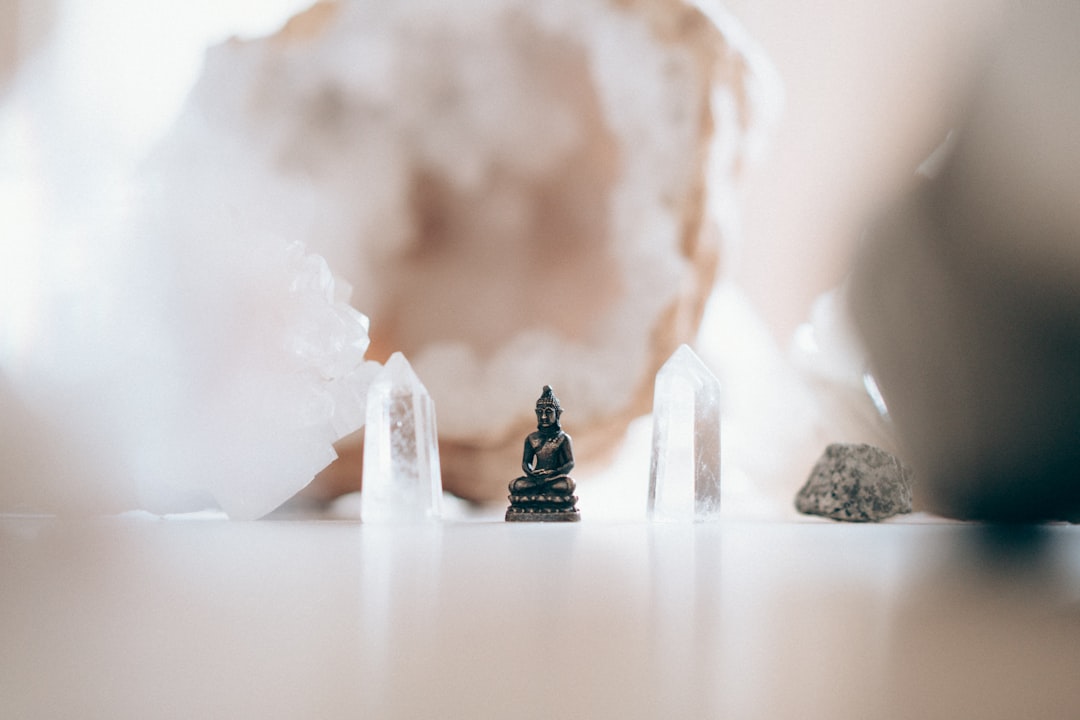Related
Essential Meditation Practices for Holistic Well-being
A comprehensive guide to understanding Essential Meditation Practices for Holistic Well-being and incorporating these practices into your daily...
Popular topics
03 min reading in—Meditation
Discover the path to inner peace with "Unlock Holistic Harmony: Transformative Meditation Tips Revealed." Dive into powerful techniques that harmonize mind, body, and spirit. Uncover the secrets of effective meditation to enhance well-being, reduce stress, and cultivate balance. Elevate your practice and embark on a journey toward a more tranquil, fulfilling life.

In today's fast-paced world, finding a moment of peace can feel like a luxury. However, meditation offers us a gateway to not only calm but also a deeper connection with ourselves and the environment around us. Whether you're a seasoned yogi or a curious beginner, diving into meditation can transform your holistic wellness journey. Join me as we explore transformative meditation tips to unlock your inner harmony.
Before we dive into tips, let's take a moment to understand what meditation really is. Meditation is often perceived as sitting silently with legs crossed, but it's so much more! At its core, meditation is the practice of focusing your mind on a particular object, thought, or activity to achieve a mentally clear and emotionally calm state.
Research has shown that meditation can have profound effects on both mental and physical wellness. Here are a few benefits backed by science:
Beginning your meditation practice can feel daunting, but it doesn't have to be! Here are practical steps to help you start:
The first step is to choose a comfortable setting that is free of distractions. This could be a quiet room in your home or a peaceful spot in nature. Make this space your sanctuary.
There are several meditation techniques you can try, and it's essential to find the one that resonates with you:
Experiment with different techniques to see which one aligns with your goals and lifestyle.
The key to reaping the benefits of meditation is consistency. Let's explore how you can seamlessly integrate meditation into your daily routine.
Beginners might struggle with the idea of meditating for long stretches. Instead, start small:
Integrate meditation into your daily routine just like brushing your teeth or having your morning coffee. Consistency helps in forming a habit.
Meditation, like any other practice, can come with its fair share of challenges. Let's look at how you can overcome these:
It's common to have a flurry of thoughts rushing in. Instead of fighting them, gently bring your focus back to your breath or chosen focal point.
There might be days when you feel uninspired to practice meditation. It's essential to remind yourself of the benefits and how it aids your holistic wellness.
Unlocking holistic harmony through meditation is a journey of self-discovery and connection. With dedication and practice, meditation can profoundly transform your life, enhancing both mental and physical wellness. Remember, there is no one-size-fits-all approach—embrace the journey at your own pace and enjoy the tranquility it brings to your life. Ready to embark on this transformative journey? Begin today, and discover the ripple effects of meditation on your holistic wellness. 🌿
Related
A comprehensive guide to understanding Essential Meditation Practices for Holistic Well-being and incorporating these practices into your daily...
Related
Discover the keys to tranquility with "Unlock Inner Peace: 7 Transformative Meditation Techniques." This guide delves into powerful practices that...
Related
Discover the path to tranquility with "Unlock Inner Peace: Transformative Meditation Techniques Revealed." This blog post unveils powerful methods...